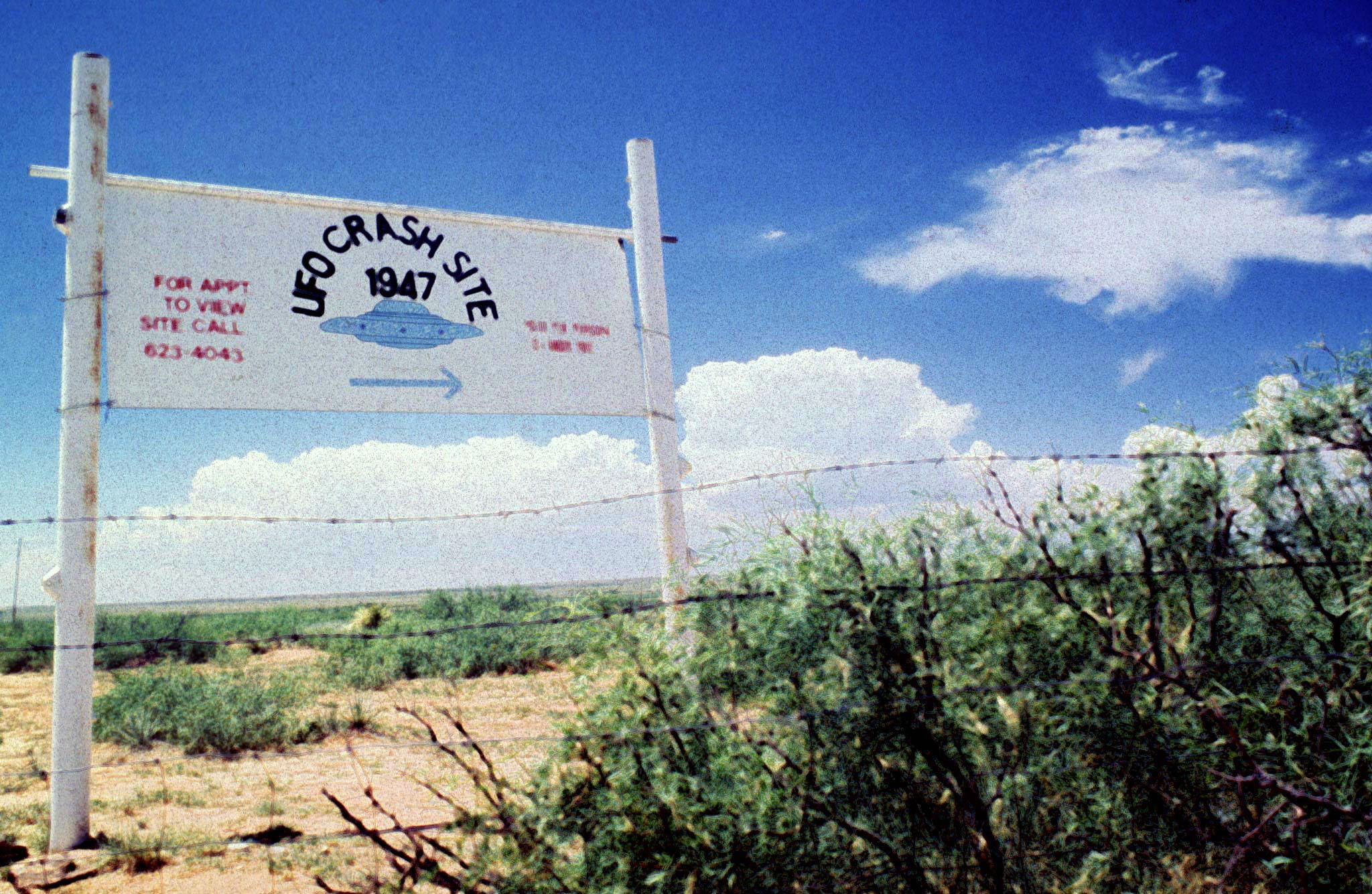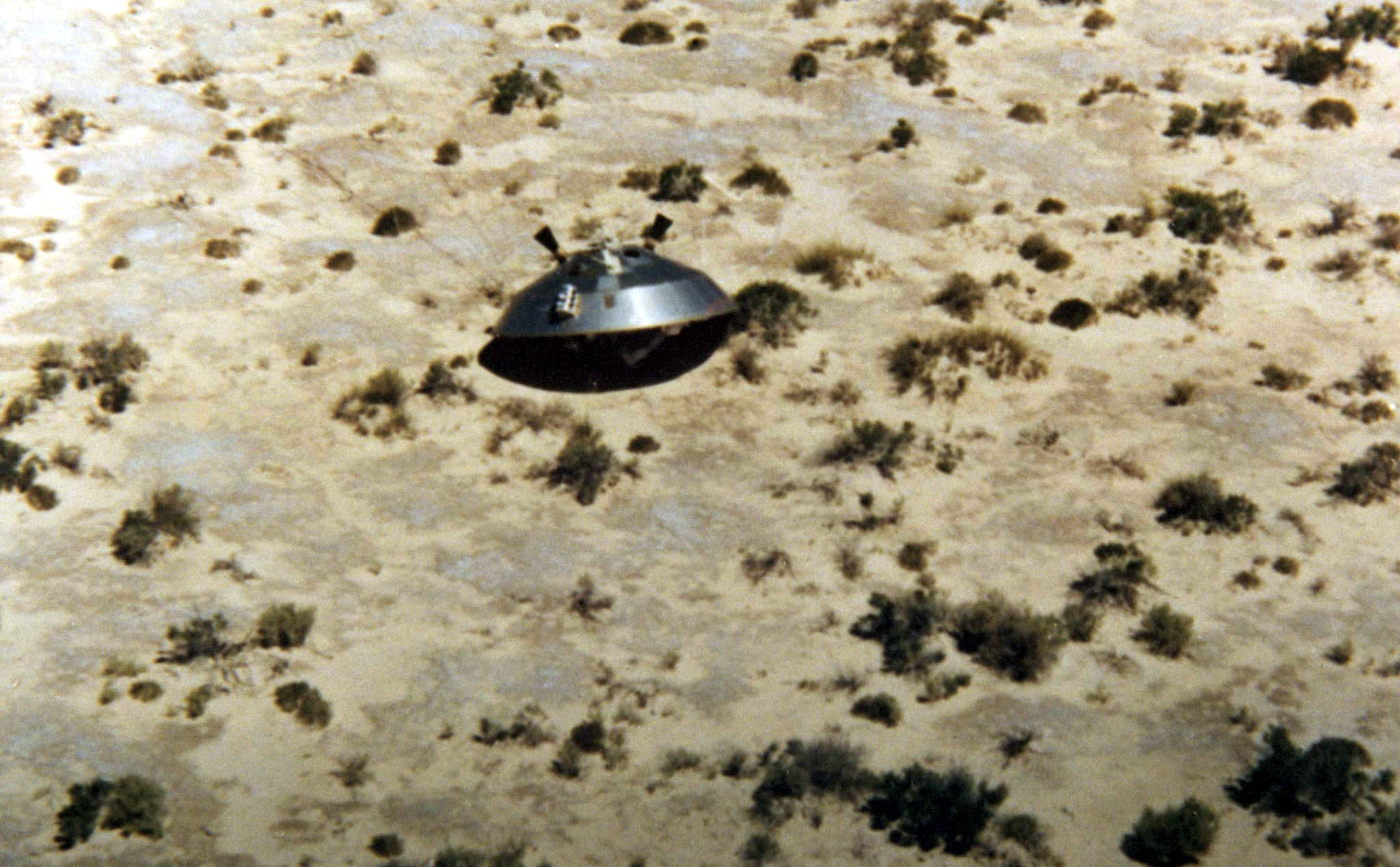
views
After a mysterious light was spotted in the sky for around five minutes over several parts of West Bengal, many people’s imaginations sprung to the alien end of the spectrum. Social media was abuzz with users wondering whether the sight they had witnessed could have been a UFO. However, the sight coincided with the night trial of the nuclear-capable Agni-V ballistic missile off the APJ Abdul Kalam Island in Odisha.
But why was it that our the strange nightly sight made us instantly daydream of UFOs? News18 explains:
First, let’s understand what a UFO is:
What is a UFO?
The expansion of the term itself is explanatory – an unidentified flying object is something a viewer sees in the air which she cannot identify.
Any aerial object or optical phenomenon that is not readily identifiable to the observer is referred to as an unidentified flying object (UFO). Following the development of rocketry after World War II, UFOs became a major topic of discussion, with some researchers believing that they were intelligent extraterrestrial life visiting Earth.

But even after its first widely reported sighting in 1947, the speculations weren’t always so readily assigned to aliens.
(In 1947, businessman Kenneth Arnold claimed to have seen a group of nine high-speed objects while flying his small plane near Mount Rainier in Washington. The crescent-shaped objects moved “like saucers skipping on water,” according to Arnold, who estimated their speed at several thousand miles per hour. The following newspaper report incorrectly stated that the objects were saucer-shaped, hence the term flying saucer.)
A report by the Smithsonian explains how extraterrestrials were barely mentioned when reports of flying saucers first began to surface in the summer of 1947.
Most people, however, dismissed this possibility. Opinion writers tended to believe that the United States or the Soviet Union were testing experimental rockets or aircraft. The general public was also sceptical that flying saucers were the work of extraterrestrials.
George Gallup published the results of a poll in August 1947, in which he asked those polled—all Americans—what they thought the flying objects reported in the newspapers could be.
Twenty-nine percent believed the witnesses were mistaken, 15% believed they were secret American weapons, and one-third said they didn’t know. If there were people who thought they were spaceships, their responses were included among the 9% who answered “other.”
A Dutch survey conducted in October 1952 revealed similar sentiments, with no apparent support for the idea of foreign visitors. And 43 percent admitted to having no idea what flying saucers were, the report states.
But Then How Did UFOs Become Synonymous With Aliens?
The fact that nearly half of the general public was undecided about the nature of UFOs in the late 1940s and early 1950s meant that, in theory, they were open to different explanations.
Greg Eghigian, a Profession of History at Penn State University, explained in his report that this gave pulp and entertainment writers Donald Keyhoe (The Flying Saucers Are Real), Frank Scully (Behind the Flying Saucers), and Gerald Heard (The Riddle of the Flying Saucers) an opportunity in 1950 to find receptive readers for their claims that unidentified flying objects were visitors from outer space.

Throughout the 1950s, local, then national, flying saucer clubs and groups sprang up across the United States. These provided subscribers with a way to stay up to date on UFO news via newsletters and bulletins, as well as a forum for speculating about the intentions of extraterrestrials without fear of public ridicule.
Some military officials and amateur civilian researchers were using the terms “unidentified flying object” and “UFO” in place of “flying saucer” by 1956. The acronym UFO effectively replaced its predecessor within a decade and a half.
But Why Do We Want to Believe in Aliens So Much?
There are a number of reasons. While some experts believe that its something to do with our thirst to associate meaning with life.
Andrew Abeyta is an assistant professor of psychology at North Dakota State University in the United States. He was a co-author of the 2017 study ‘We are not alone,’ which discovered that people who believe in aliens are less likely to believe in religion, a report by the BBC explains.
“Religion is a really robust source of meaning in life. It gives us a sense of purpose. We feel important. It feels like our lives are planned, that they’re purposefully designed,” Abeyta told the BBC. “And when we reject religion, what we argue is that need to explain, that need to find purpose, that desire to feel important and meaningfulness doesn’t go away.
“People who tend to report a stronger belief in UFO conspiracies and little green men and things like that, tend to also report a higher sense of meaning in life. They want to go somewhere else to help restore that meaning. So it’s sort of like we’re trying to capture this compensatory process.”
It’s Also Our Own ‘Perception Bias’
According to psychologist Chris French, our ‘top-down processing’ may also play a role in us associating such sightings. “It’s the way that our beliefs and expectations can shape what we actually perceive,” he told the BBC.
He explains through the case in point of the Roswell incident.
(The Roswell incident refers to an event in 1947 involving the recovery of mundane metallic and rubber debris from a military balloon that crashed near Corona, New Mexico by United States Army Air Forces officers from Roswell Army Air Field, and the decades-later conspiracy theories claiming that the debris involved a flying saucer and that the truth had been covered up by the United States government. Roswell Army Air Field issued a press release on July 8, 1947, stating that a “flying disc” had been recovered. The Army quickly retracted its statement, claiming that the crashed object was a standard weather balloon. The crashed object was identified as a nuclear test surveillance balloon from Project Mogul by the US Air Force in 1994.)

“One of the really interesting things is that when he talked about a saucer, he wasn’t talking about the shape of the craft at all,” says French. “He described the motion as being like a saucer skipping across water. But this phrase ‘flying saucer’ was loved by the media.
“He even drew what he saw at the time – it looks more like a boomerang than a saucer. But what did people then start to report seeing after that? Saucer-shaped craft. It’s a lovely example of the influence of top-down processing.”
If a person believes in UFOs, he or she is more likely than a non-believer to believe a light in the sky is a flying saucer and to see or recall features of a physical craft. Memory reliability is also a factor.
“Someone may be trying to be as honest and sincere as they can be, but they may end up adding details that were not, in fact, really there,” French says. “So it’s those fundamental psychological biases that can frequently come into play here.”
Read all the Latest Explainers here




















Comments
0 comment